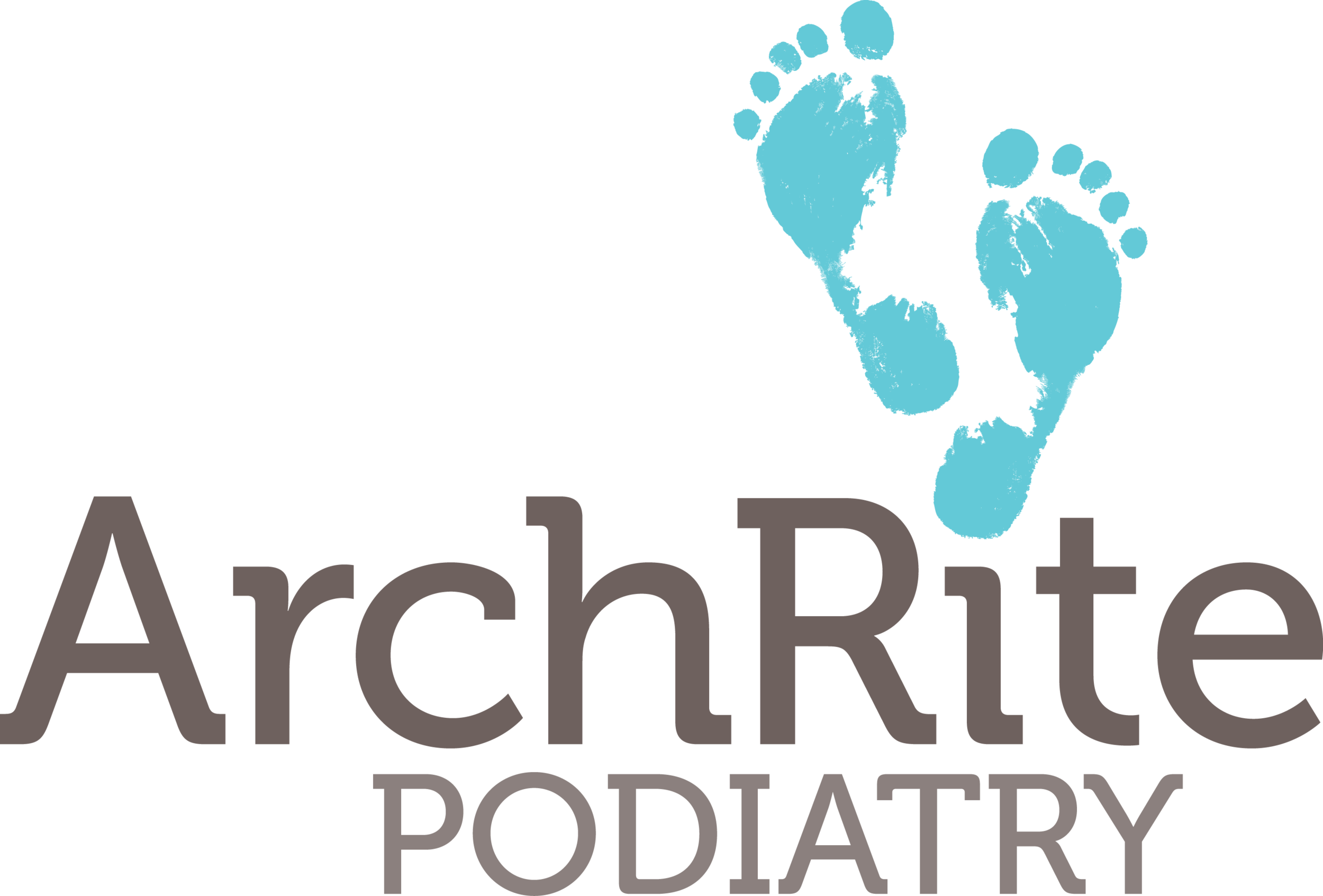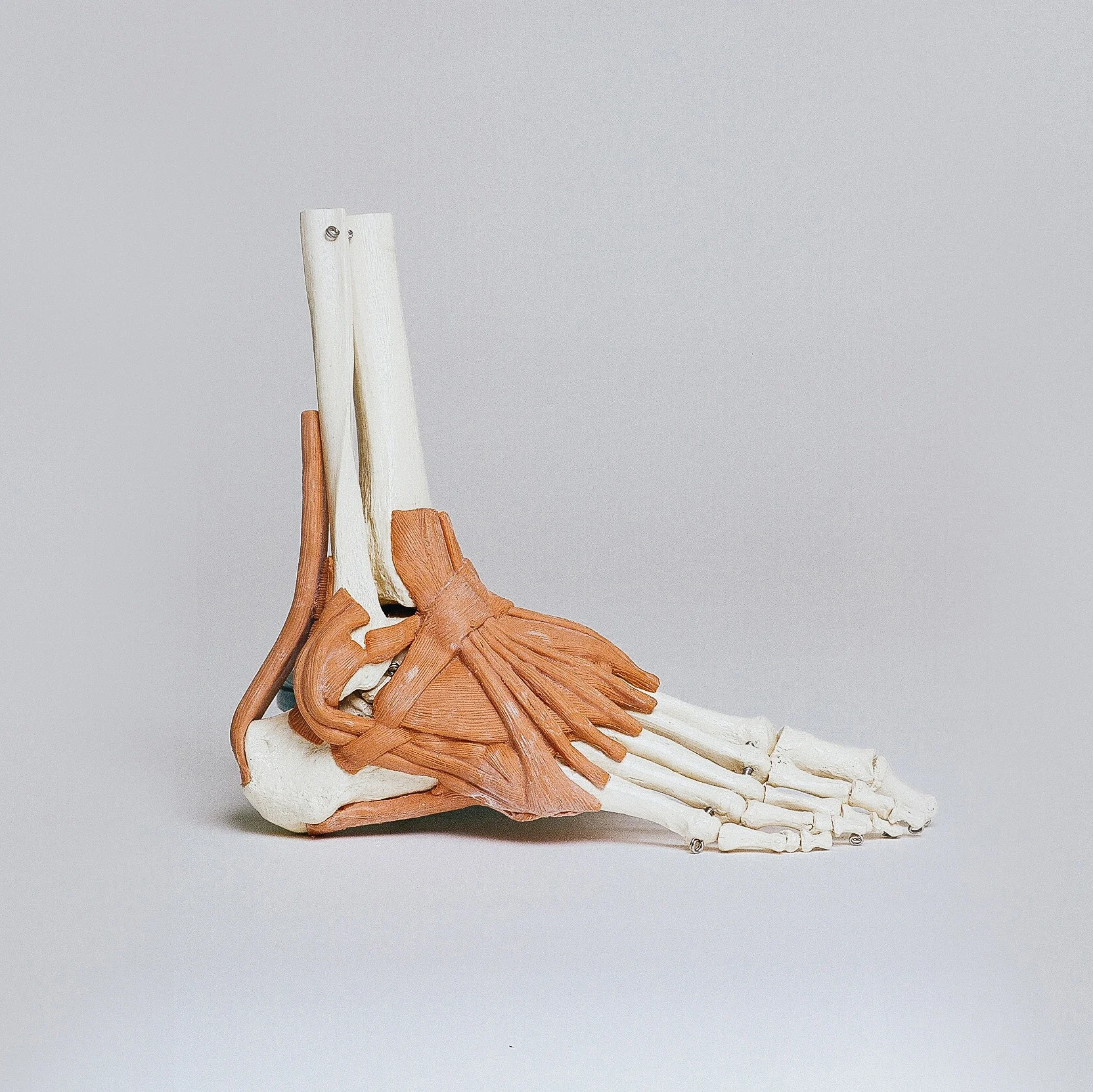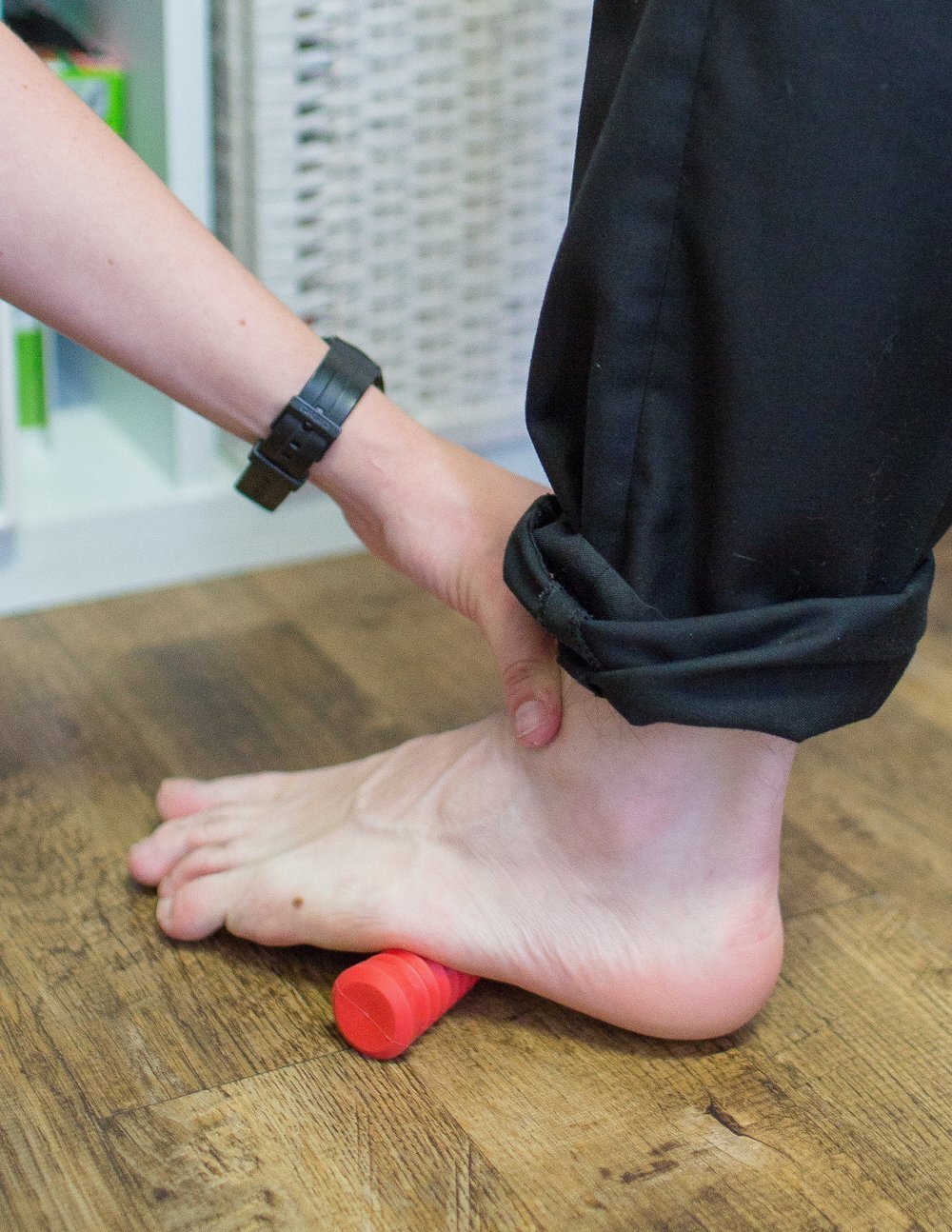How can I treat Plantar Fasciitis?
Heel pain, arch pain or Plantar Fasciitis (Fasciosis) are inflammatory types of pain felt in the heel or along the arch, which may affect one or both feet.
The pain is often burning, throbbing or stabbing in nature and may seem to occur without a definite cause.
It often feels worst in the morning when you first wake up or after a period of rest and improves once walking around for a while, however it can return after having been on your feet for a long period of time. The pain is usually due to tightness of the muscles and fascia (connective tissue surrounding muscles or groups of muscles, blood vessels and nerves) within the sole of the foot.
Common causes of this condition include flat or pronated feet, high-arched or supinated feet, tight calves, unsupportive footwear, a sudden change of activity (sporting or job related), pregnancy, trauma or prolonged standing on hard surfaces. The plantar fascia runs across the bottom of your foot, like a strong strap connecting your heel bone to your toes. This is a very important tissue that helps to create and maintain the long arch of your foot. As your foot flattens on the ground during walking and standing, the plantar fascia can become over-stretched. This can cause microscopic tears in the tissue, resulting in inflammation, pain, thickening and tightening.
What does plantar fasciitis feel like?
• Pain in the heel or arch
• Sharp pain when first getting out of bed
• Burning sensation around the edge of the heel
• Tight feeling in the calf muscle
• Dull pain in the heel, worsening as the day progresses
What can cause plantar fasciitis?
• Flat feet
• Highly arched feet
• Tight Achilles tendon and calf
• Poor or unsupportive footwear
• Change in activity, for example, walking a lot on a holiday
• Long periods of standing at work
• Certain sports and running
• Direct trauma to the area
• Sudden weight gain for example, pregnancy
• A leg length difference
How do we treat plantar fasciitis?
Our podiatrists will provide you with the most appropriate and affordable treatment plan after an in-depth assessment of your feet, the way you walk, your footwear and your lifestyle. Usually we will start some form of treatment on your first visit.
The treatment plan may include:
• Strapping to support the arch
• Rest from certain activities
• Muscle stretching and strengthening exercises
• Massage with a Pediroller at home
• Ice packs for pain relief
• Footwear changes
• Foot mobilisation therapy
• Dry needling / acupuncture
• Orthotic therapy (pre-made over-the-counter orthotics or custom orthotics)
• Ultrasound therapy
Why the PediRoller is Worth the Hype!
Have heel pain? Or sore tired feet?
At ArchRite Podiatry we have found the PediRoller to be an amazing exercise aid to support strengthening and stretching treatments for our patients with plantar fasciitis. Helping to offer relief from common heel and arch foot pain, the PediRoller assists in working the connective tissue running along the bottom of the foot, commonly known as plantar fascia, and is a great ongoing option for our patients suffering from such foot pain.
Read our blog post to learn more about the PediRoller, how it works, and if it could be an option for you!




